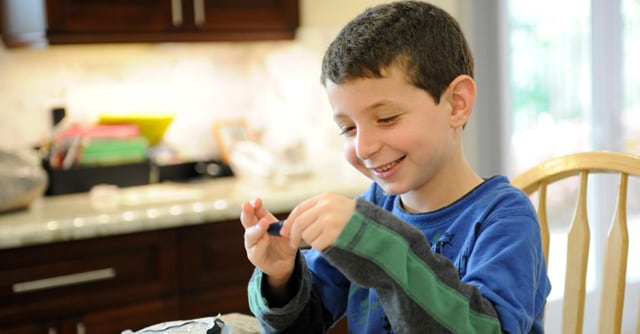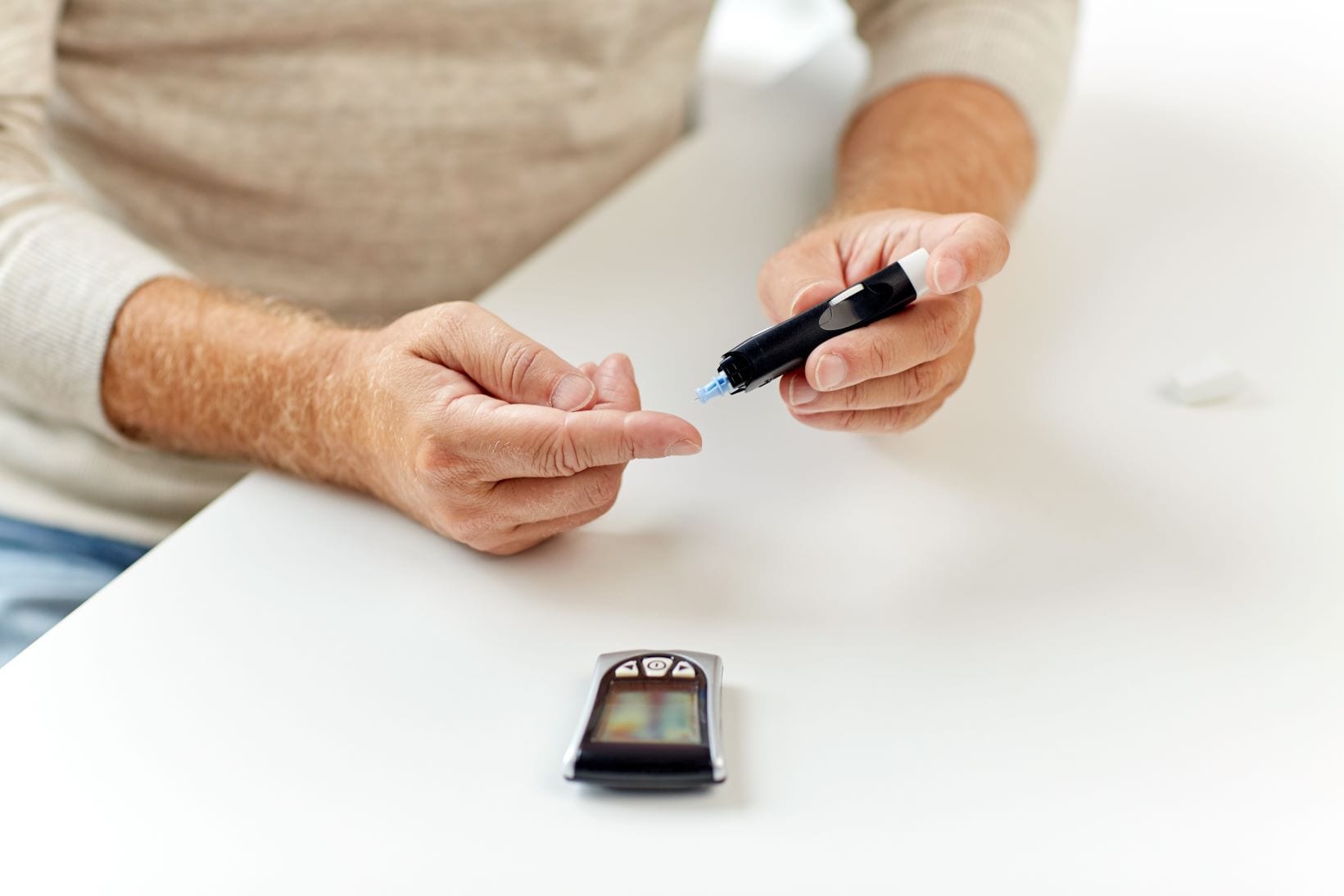6 tips for healing bruised fingers

We know that with each blood glucose (BG) check, you are making a proactive decision to proactively manage your diabetes and we applaud you for that! In doing so, we’ve heard feedback from our customers that this can also become painful and frustrating over time so we wanted to see what we could do to help.
Frequent blood glucose (BG) testing is critical to good diabetes management, but sometimes it can leave your fingers bruised and sore. Good fingerstick techniques can help provide more accurate readings, reducing the number of times you have to redo that BG check. Here are 6 tips to help minimize sore black-and-blue fingers.
1. Change your lancet often
Although many people may reuse their lancets, they are likely to become dull over time, causing more pain with prolonged use. Be sure to change lancets with each fingerstick to ensure they’re sharp and clean. So make sure to carry extra lancets with you, and remember that you should never share yours or use another person’s lancing device. Use the lowest setting on the device that will obtain an adequate amount of blood. The more shallow the poke, the less it will hurt. It may take some experimentation to see which setting works best for you. You might also try experimenting to find the right lancet or lancing device for you, or change it out more frequently.
2. Wash your hands before testing
Using alcohol, such as hand sanitizer, to clean your hands before testing can dry and toughen the skin over time, making it more difficult and painful to obtain a drop of blood. Additionally, if the alcohol does not dry completely, it can mix with your blood and cause an inaccurate reading. If possible, instead of using alcohol, wash your hands with warm soapy water. Washing with warm soapy water will help bring blood to the surface of your fingers, reduce the risk of the lancet pushing any dirt under your skin, and will remove any food residue from your last meal or snack. Even if a small amount of food or liquid is left on your fingers, it can dissolve into the blood drop and artificially raise your BG reading. (Have any of you ever checked your BG after treating low with an orange juice and gotten an inaccurate reading? This could be why!)
3. Choose a less painful site
Choose the sides or tip (not the pad or near the nail bed) of your finger to take a BG. The sides of your fingers have fewer nerves and are less thick than the pad of your fingertips, so it hurts less when they are pricked. The sides of your fingers also have more blood vessels closer to the surface, so you don’t have to prick as deeply to get the amount of blood required to take a BG reading.
4. Prepare your site
To bring more blood flow to your fingertips, after washing your hands with warm soapy water, rub the spot on the finger you are going to prick until it becomes warm while letting your arm dangle at the side of your body for about a minute. This helps the blood collect in your fingertips. If you’re having trouble getting enough blood, don’t squeeze or milk your fingertip. This can cause more pain, and may cause an incorrect BG reading. Instead, hang your hand below your waist for 10 seconds. This technique can be very helpful for people who have checked their BG for a long time.
5. Rotate sites
Similar to rotating your infusion and sensor sites, it’s also important to rotate your lancing sites to allow your fingers to heal. Rotate the site around all the available sides of all your fingers. Since it can be hard to remember exactly where you last pricked your finger, come up with a system where you assign a finger to each day of the week. You can use one side of the finger in the morning to afternoon hours, and switch to the other side of your finger from the evening to night hours. Avoid lancing any sore spots for a few days, using other fingers until the sore spot heals.
6. Stop the blood flow
After pricking your finger, apply pressure to the site using a cotton ball or tissue for about 30 seconds while holding your hand above your heart until the blood clots. If you start doing other things without stopping the bleeding, dirt could enter into the small hole and potentially cause an infection, and you could get blood in places you don’t want them! If the bleeding continues, use a band aid to help stop the bleeding and protect the puncture from infection.
Your fingertips may be bruised from all of the frequent BG testing you do, but be sure to talk with your healthcare team to eliminate any other possible causes. What tips do you have for healing bruised and sore fingers? Let us know in the comments below!


